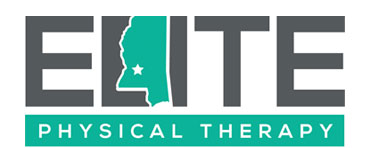What is Active Release Technique (ART)?
Active Release Technique (ART) is an effective, movement based manual therapy treatment used to treat soft tissue injuries. Physical therapists that are certified in ART use this hands-on technique to help break up and remodel scar tissue to improve range of motion and decrease pain. ART is based on scientific evidence that adhesions between the muscles and other connective tissues can develop as a result of injury, causing the motion of muscles or joints to be altered resulting in symptoms that include: pain, weakness, reduced range of motion, and numbness and tingling.
Benefits
Patients with a wide variety of symptoms related to chronic pain, muscle spasm or scar tissue buildup may benefit from ART. In addition, ART can be used to improve sports performance with tasks such as golf, running, and walking.
Common Diagnoses
- Tennis elbow
- Runners knee (patellar tendonitis)
- Golfers elbow
- IT band syndrome
- Other tendonitis or tendinosis
- Shin splints
- Carpal Tunnel syndrome
- Low back and neck pain
- Shoulder pain
- Joint sprain
- Plantar fasciitis
*Services are not available at all locations. Call or click the location page near you for that center’s services.
Back Pain
Learn MoreElbow Pain
Learn MoreKnee Pain
Learn MoreNeck Pain
Learn MoreMotor Vehicle Accident (MVA) Injury
Learn MoreShoulder Pain
Learn MoreWhat to Expect
Every patient has a unique health history, diagnosis and personal goals. When you come for your first appointment, we will create a personalized treatment plan for you.
We work with most major insurance providers and do our best to help keep the paperwork pain-free. If you’d like to confirm your insurance coverage, please let us know and we can verify when you schedule. If your insurance provider requires a co-pay, we will ask for this payment at each visit. We accept payments by cash, check or credit card.
When to Arrive
On average, a patient’s first visit lasts about an hour. We typically ask patients to arrive 15 minutes early to sign-in, complete paperwork and/or change clothes.
What to Bring
On your first visit, you’ll need to bring your physician referral or prescription (if needed), your insurance card, your primary registration forms, your ID or driver’s license and your co-payment (as applicable). If desired, you may bring a change of clothing.
How it Works
During your first visit, your physical therapist will do an initial evaluation and discuss your plan of care. The therapist uses this information to set goals for your continued treatment. Physical therapy goals may include improved movement, strength, endurance and flexibility, as well as decreased pain. Your subsequent visits will focus on treatment that is based on your diagnosis and individualized goals.

